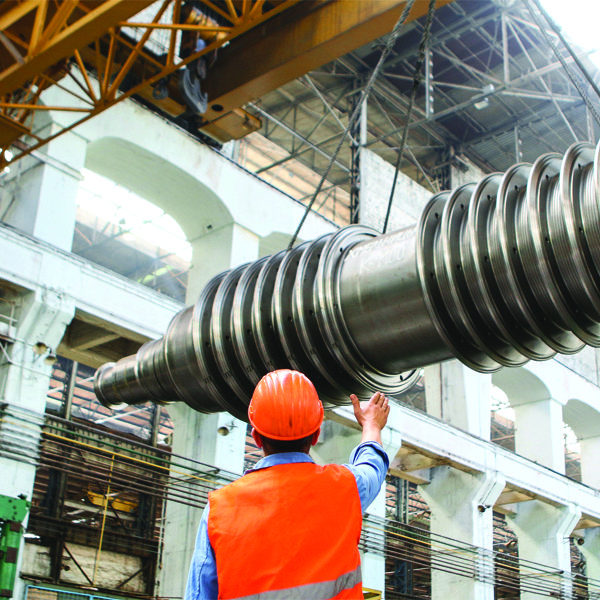India’s Battle Against Construction Waste for a Sustainable Future
Considering the rapidly growing population, much focus is shifting towards urbanisation and the growing need for urban infrastructure. The often ignored flip side to this fast-paced urbanisation is the subsequent construction waste generation. With global waste generation reaching 2.24 billion tonnes in 2020 and projected to peak at 11 million tonnes daily by 2100, the environmental and socio-economic implications are profound. In India, the nationwide estimate for daily C&D waste production stood at 30,000 tonnes, an issue the ministry is trying to tackle under the Swachh Bharat Mission (Urban). Based on an on-site assessment conducted by Godrej, for every million square feet of residential development, approximately 3,648 tonnes of construction waste is generated. The construction industry in India is poised to achieve a market value of $1.4 trillion by 2025, playing a pivotal role in waste generation.
The massive size and quantity of C&D generated can potentially over-capacitate our landfills. Considering that most of these materials are either non-biodegradable or toxic, incorrect disposal can result in land, air and water pollution, posing a serious health hazard. Concrete and gypsum are the top two contributors to construction waste, accounting for 1.672 and 0.411 kilograms/square feet, followed by metal, sand, cement, stone, and tiles.
Sustainable waste management requires equal efforts from various stakeholders involved in the construction of individual projects, apart from government reforms and schemes. The first step towards managing construction waste is reducing waste generation altogether by accurately calculating the amount of materials needed for each project. The next step is accessing the generated waste, reusing whatever can be reused, and recycling the rest. All stakeholders must be involved and informed about sustainable waste management practices, with proper training for workers and contractors and waste management strategies integrated within the early planning stages of a project. Besides personal efforts, architects and engineers must responsibly use government schemes and facilities to reduce and recycle construction waste instead of ending up in landfills.
The integration of the Swachh Bharat Mission with the National Clean Air Program has strengthened waste management efforts in India in the past couple of years. Action plans for setting up C&D Waste Processing Plants and procuring mechanical sweepers have been approved for the Urban Local Bodies (ULBs) within selected cities. At these waste plants, the C&D waste is segregated into various categories, such as fine soil, mixed concrete, and stones. Automated machines are employed for most of the sorting process, with stringent safety measures in place for the staff. The Housing and Urban Affairs Ministry recently announced that half of the country’s construction and demolition (C&D) waste is being effectively recycled and repurposed. Delhi topped the list with a stellar 100% recycling and reusing rate for C&D waste.
Considering rapid urbanisation and growing infrastructure needs, sustainable construction waste management has never been more crucial for cities worldwide. Architects and engineers, in collaboration with users and clients, can mitigate the negative environmental effects of construction waste together by abiding by government policies and guidelines and integrating innovative technology and regular interventions at every stage of a project. With result-oriented government efforts and the active participation of all stakeholders, the future of sustainable construction waste management in India looks promising.




